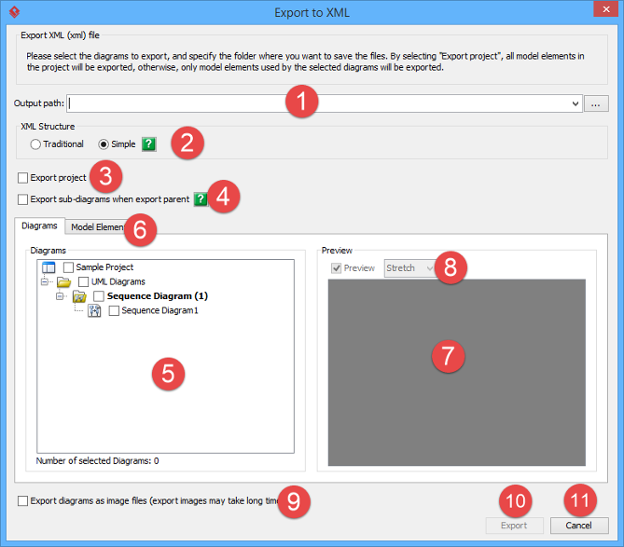

- #Importing xml data into macdive how to
- #Importing xml data into macdive code
- #Importing xml data into macdive download
#Importing xml data into macdive how to
I have been searching the web for a tutorial that shows how to import data from an XML file into a database and I have found almost everything else but what I need. The database manually(only 7 fields in 1 table) because it was not important to know where the data came from but I now have to show under a live presentation, data being imported into the database and this in turn showing changes in the graphs displayed in MY_ have just completed a project to what I thought was a good standard only to be told it needs more functionality, I used VS 2010 with C# to build a basic website with a database connected which feed graphs on the web pages with relevant data. declare xml įrom openrowset(bulk 'D:\slask\MSSQLTIPS_XML.xml', single_blob) as T(MY_XML) On my machine for 300 Customer elements, duration goes from 8 seconds down to 18 millisecond. Specificcly the cast to XML and the use of the query() function.Īdd a couple of hundred Customer nodes to your XML and compare duration between your version and a rewritten version below.
#Importing xml data into macdive code
There are some issues with your code that makes it go really slow. Wednesday, Octo2:30:07 AM - Mikael Eriksson The text() function prevents the result set from being constructed as an XML, removes at least two blocking operators from the execution plan. Thursday, Octo10:23:46 AM - Eirikur Eiriksson SELECT CONVERT(XML, MY_XML,2) -CAST(MY_XML AS xml) If the XML file contains a reference to a DTD file, you will need to change the CAST to a CONVERT to avoid the "Cannot parse." error. Operating system error code 21(The device is not ready.). I'll post back and let you know if I made it work correctly.Ĭannot bulk load because the file "D:\MSSQLTIPS_XML.xml" could not be opened. What does MY_XML actually means? I don't get it.
#Importing xml data into macdive download
Is it possible to import XML data directly from URL ? or I've to download if to disk first ? If I find something that says it can be done I will add another comment. For people who are doind it for the first time becomes a little confusing when you mention an alias but does not show how to do it. It would be nice to have all the steps described here. Let me know if you have more questions and I can see if I can help. You should be able to just run each set of code and this should work.įor the "alias" info, he is just explaining the code which is using a subquery to gather the data. I still do not understand how the select would work if the alias is not previously created. This is done so the query part below can pull data from the subquery using the alias name "AS MY_XML (Customer)". The subquery below is part of the above query and is given an alias name using this part of the above query "AS MY_XML (Customer)".ĬROSS APPLY MY_XML.nodes('Customers/Customer'

I tried to run the commands but got syntax error in the following statement at ".value": Navigation through the XML element’s in order to get all of Customer objectsĪfter the insert, you can query the table to check the results. The function nodes() along with CROSS APPLY allows Option and the SINGLE_BLOB option to have the data returned from the XML file

The FROM clause is derived by using the OPENROWSET operation using the BULK.The columns in the SELECT are pulled from the alias we created named MY_XMLĪnd we are querying each element of the Customer node.The first thing we are doing is a simple INSERT into our table CUSTOMERS_TABLE.MY_('Profession').value('.', 'VARCHAR(50)')įROM OPENROWSET(BULK 'C:\temp\MSSQLTIPS_XML.xml', SINGLE_BLOB) AS T(MY_XML)) AS T(MY_XML)ĬROSS APPLY MY_XML.nodes('Customers/Customer') AS MY_XML (Customer) INSERT INTO CUSTOMERS_TABLE (DOCUMENT, NAME, ADDRESS, PROFESSION) Here is the code to read the XML file and to INSERT the data into a table. This function is native to T-SQL and allows us to readĭata from many different file types through the BULK import feature, whichĪllows the import from lots of file types, like XML. Now all we need is to make SQL Server read the XML file and import the data via Step 3 – Importing the XML data file into a SQL Server Table


 0 kommentar(er)
0 kommentar(er)
